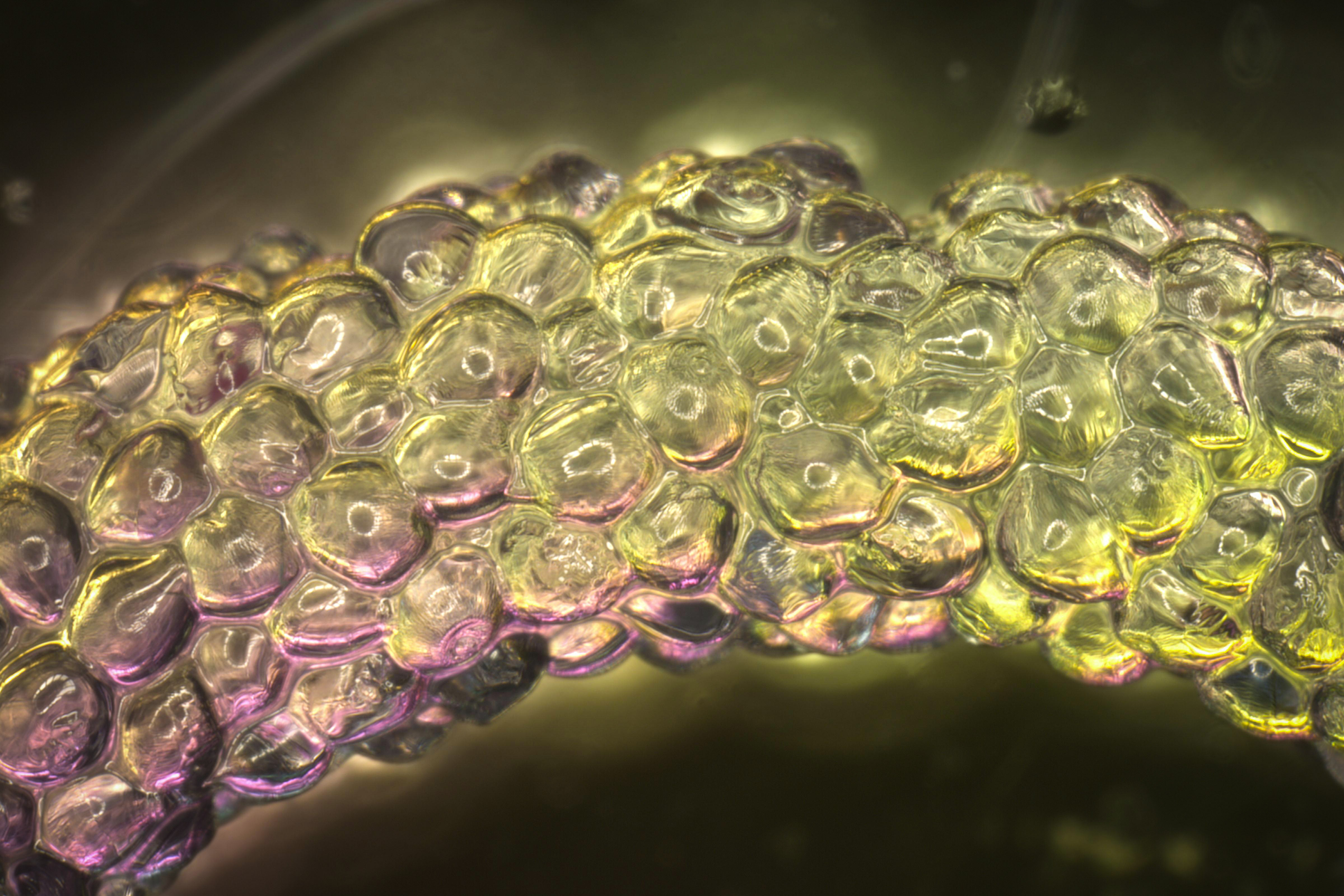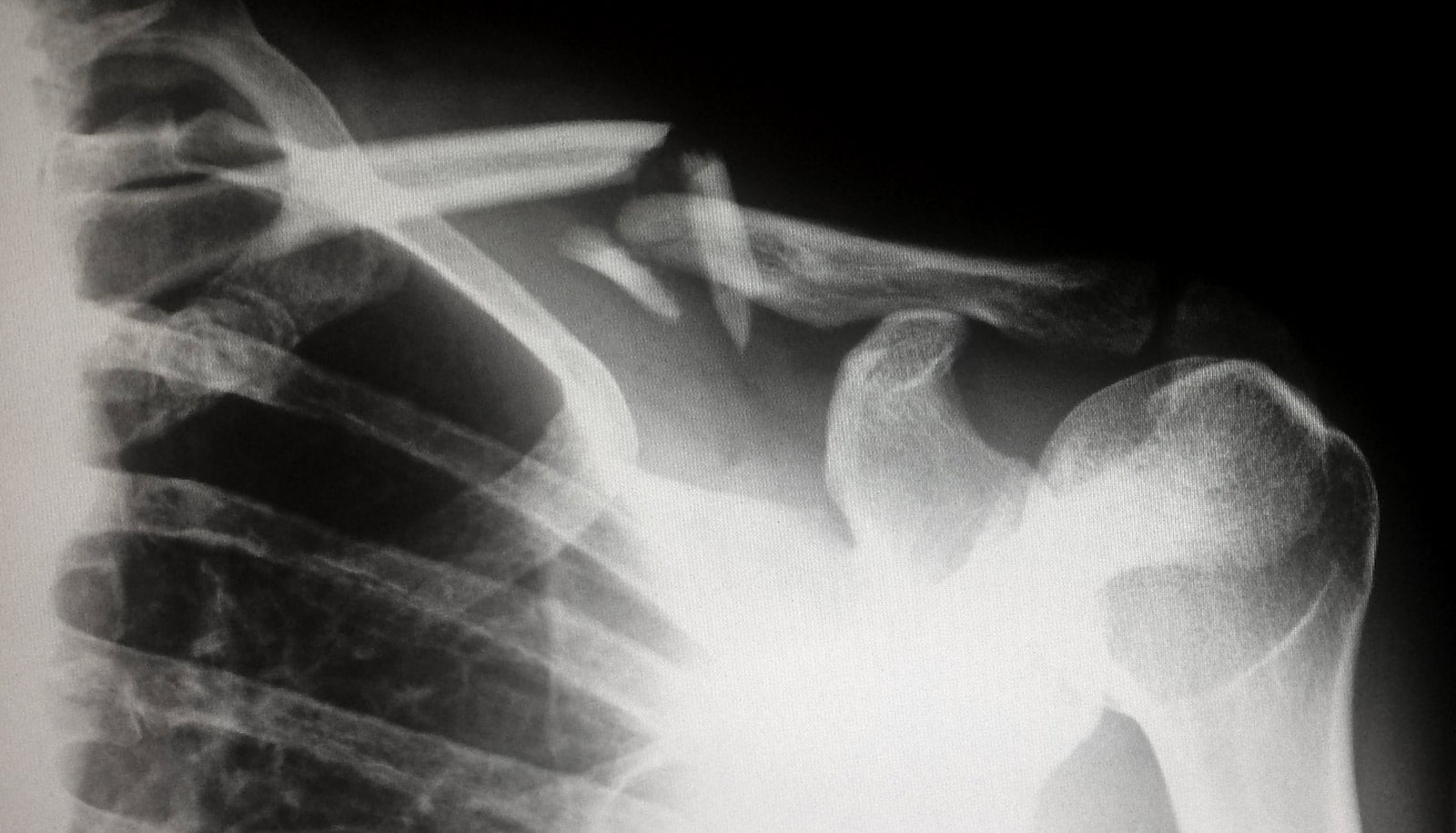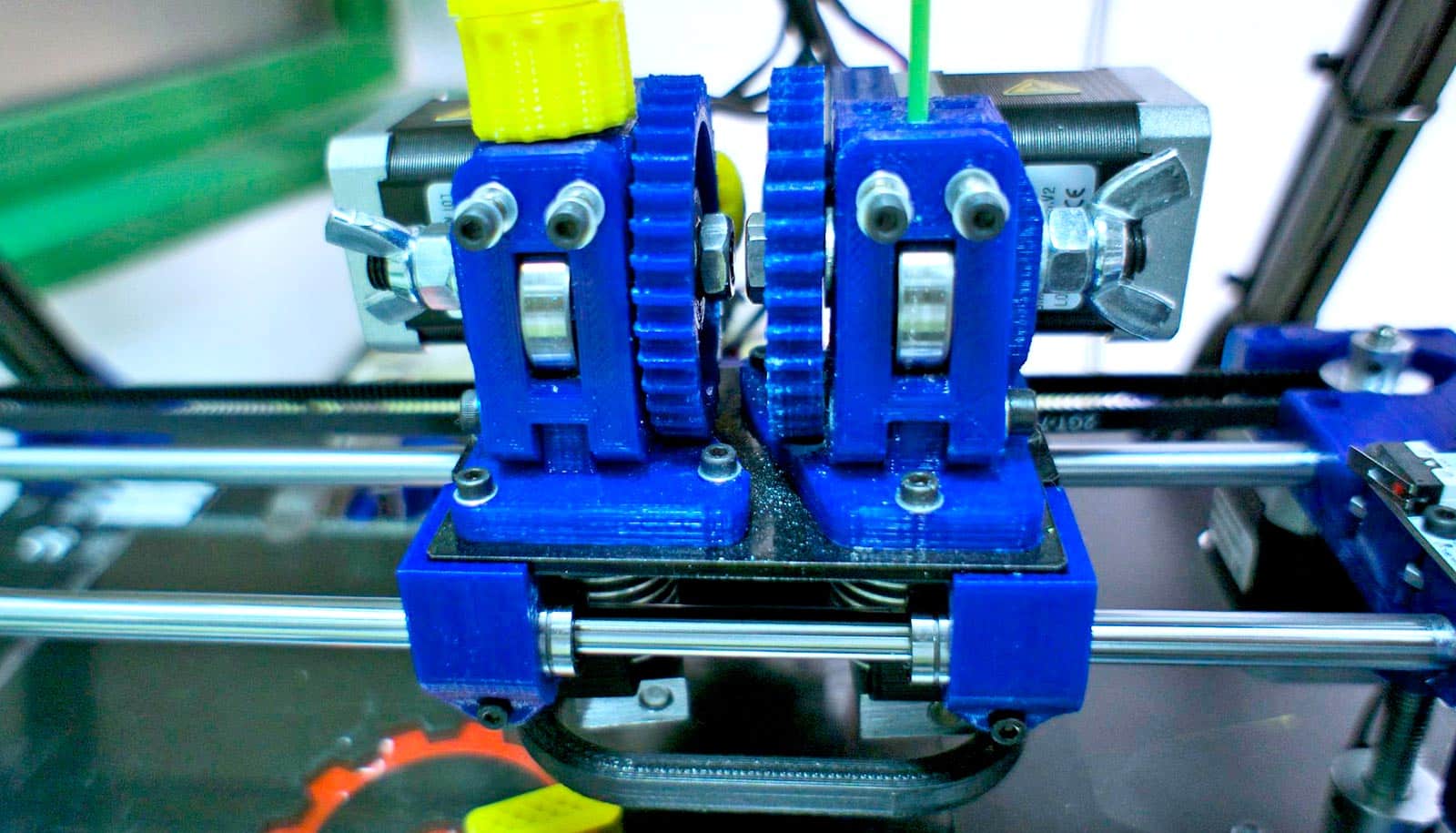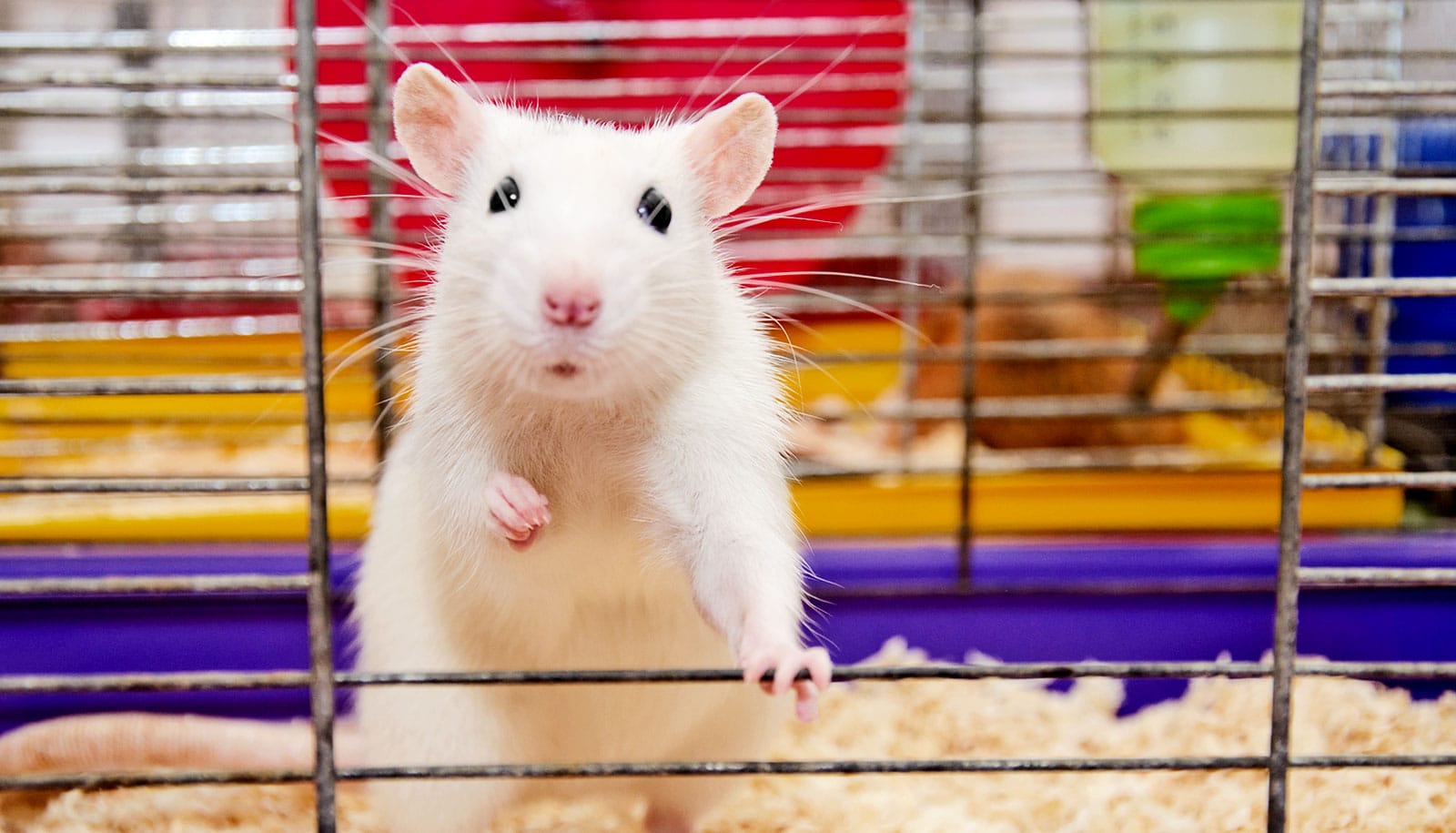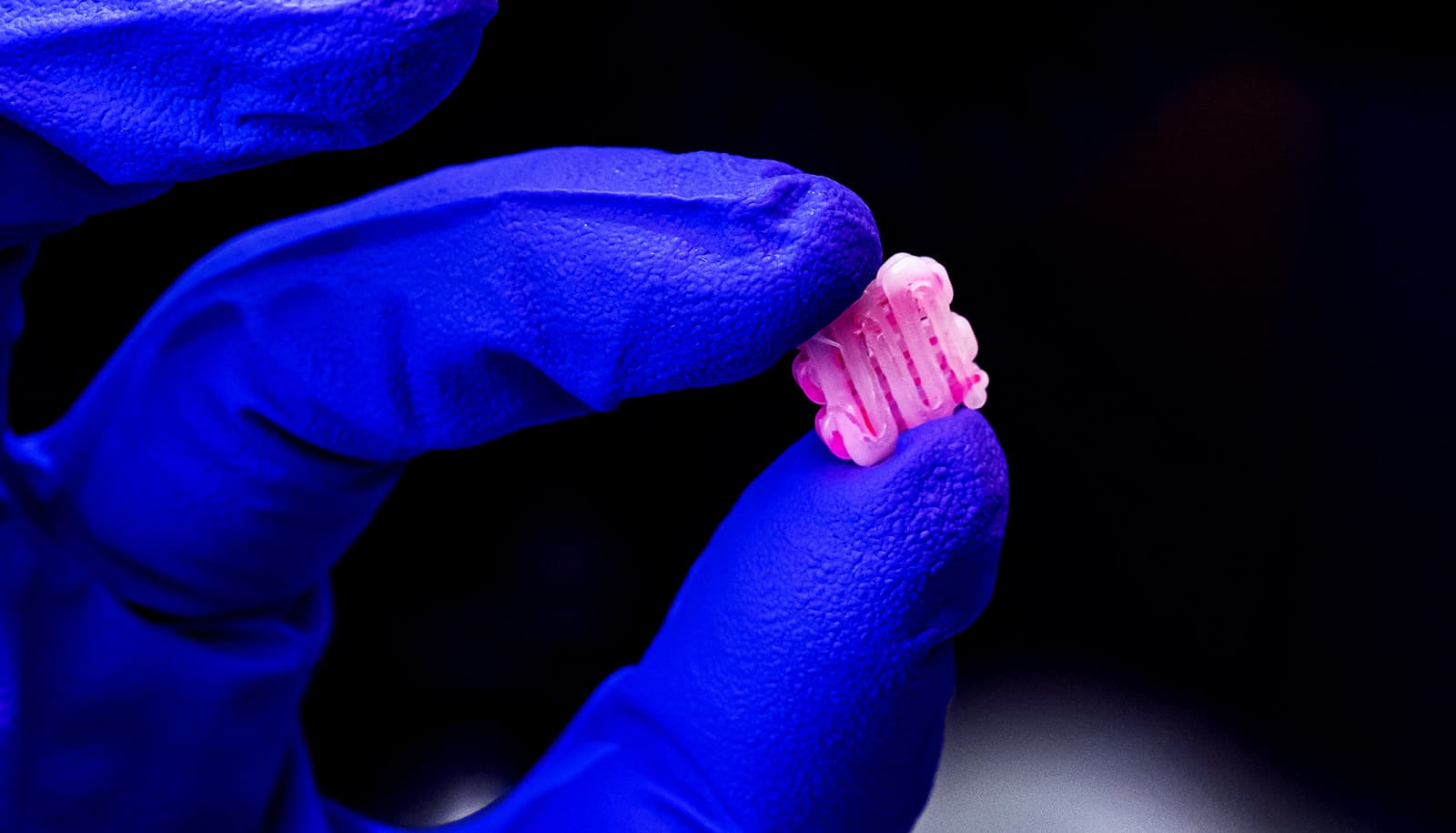The promise of repairing bones and tendons with human-made materials
A biomedical engineer explains how human-made materials inserted in the body hold hope to repair painful injuries more efficiently than bone grafts.
Brittany Taylor, Assistant Professor of Biomedical Engineering, University of Florida •
conversation
Jan. 4, 2022 • ~7 min
Jan. 4, 2022 • ~7 min
Mechanical forces in a beating heart affect its cells' DNA, with implications for development and disease
Heart disease can change the genetic structure of heart cells. Understanding the role that mechanical forces play in these changes could lead to improvements in artificial tissue design.
Corey Neu, Professor of Mechanical and Biomedical Engineering, University of Colorado Boulder
• conversation
Dec. 21, 2021 • ~5 min
Dec. 21, 2021 • ~5 min
Gift to will allow MIT researchers to use artificial intelligence in a biomedical device
Device developed within the Department of Civil and Environmental Engineering has the potential to replace damaged organs with lab-grown ones.
Maria Iacobo | Department of Civil and Environmental Engineering •
mit
Jan. 29, 2020 • ~2 min
Jan. 29, 2020 • ~2 min
/
2

